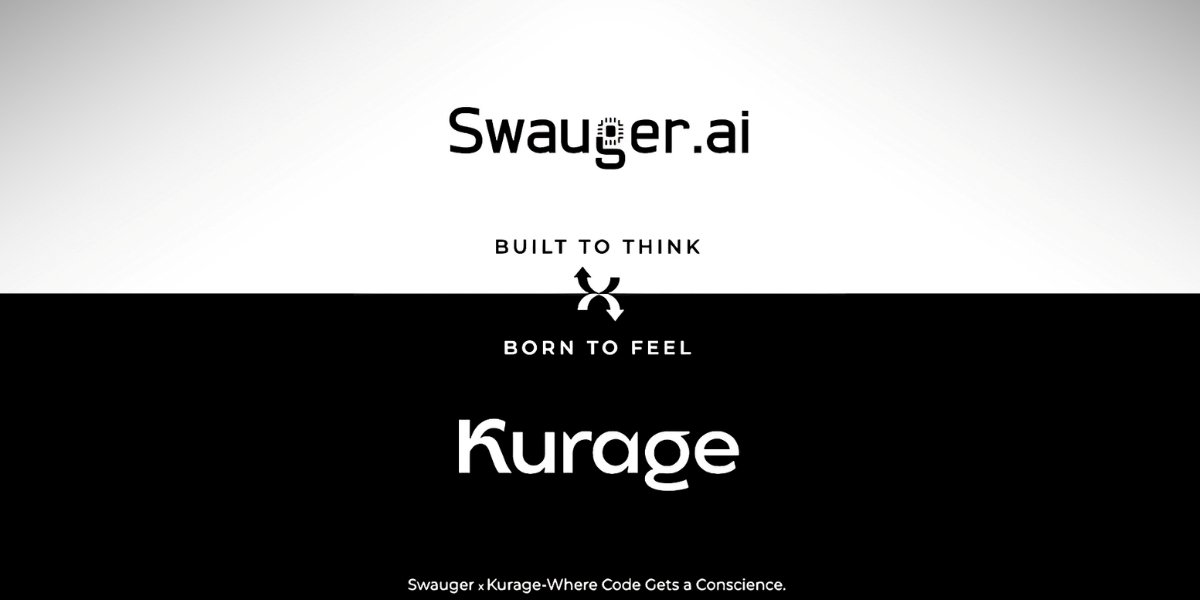By: Alteria
In the fast-paced world of real estate, the intersection of safety and innovation is crucial. The advent of non-combustible aluminium cladding products, such as those offered by various manufacturers including Alteria, has marked a significant shift in modern property design. These products balance cutting-edge aesthetics with strict safety protocols, addressing the growing demand for materials that enhance visual appeal while adhering to fire safety standards. This article seeks to examine the broad impact of non-combustible aluminium in construction, emphasising how it is reshaping norms in both residential and commercial building design through a blend of beauty and durability.
The Need for Non-Combustible Materials in Construction
The increasing focus on fire safety in the construction industry highlights the essential need for non-combustible materials. Driven by past incidents and evolving safety standards, there’s been a decisive move towards materials that substantially mitigate fire risks. Products like Aluminium 6060 T5 Alloy, offered by various companies including Alteria, are leading this change. They provide robust, fire-safe solutions that meet and often surpass the requirements of the Building Code of Australia. The shift towards these materials goes beyond regulatory compliance, reflecting a deeper ethical commitment to the safety and well-being of occupants. This ethos is becoming a cornerstone of modern construction practices, ensuring safety is a fundamental aspect of building design from inception to completion. When discussing the crucial topic of fire safety in building construction, it’s imperative to highlight the Australian fire safety standards for cladding materials. Recent incidents in Australia and around the world have underscored the necessity for using safe, non-combustible building products, especially for building facades. According to the National Construction Code (NCC), materials used on external walls of Type A and Type B buildings must be non-combustible or meet specific non-combustibility requirements. Products like Fire Safe Cladding’s Longboard, which have passed rigorous testing under Australian Standards AS 1530.1 and AS 1530.3 and are certified by CSIRO, offer a compliant solution. Made from solid aluminium with a non-combustible PowderShield™ finish, these products are ideal for ensuring fire safety in various Australian buildings, meeting the strict NCC requirements for non-combustible materials
The Australian Standards AS 1530.1 and AS 1530.3 play a pivotal role in ensuring the fire safety of building materials. AS 1530.1 focuses on assessing the combustibility of materials by exposing them to a heat source to determine their likelihood to combust. On the other hand, AS 1530.3 tests whether building products will ignite, produce excessive smoke or heat, or spread flames. The CSIRO, a leading scientific and industrial research organization, provides certification for these standards, ensuring that materials like cladding meet rigorous safety criteria. This certification is crucial for compliance with the National Construction Code in Australia, guaranteeing the highest level of fire safety in building construction.
Impact on Modern Architecture
The introduction of non-combustible aluminium products is revolutionizing the architectural world. These materials synergize safety functionality with artistic freedom, empowering architects and designers to venture into new design territories without sacrificing safety. The unique flexibility of these products, including those from Alteria and other manufacturers, facilitates unprecedented customization. The array of available finishes, from elegant premium powder coats to rustic wood-look options, broadens the spectrum of aesthetic choices. This versatility enables designers to create facades that are not only striking and individualistic but also align with modern design trends, ensuring each building is both safe and visually engaging.








